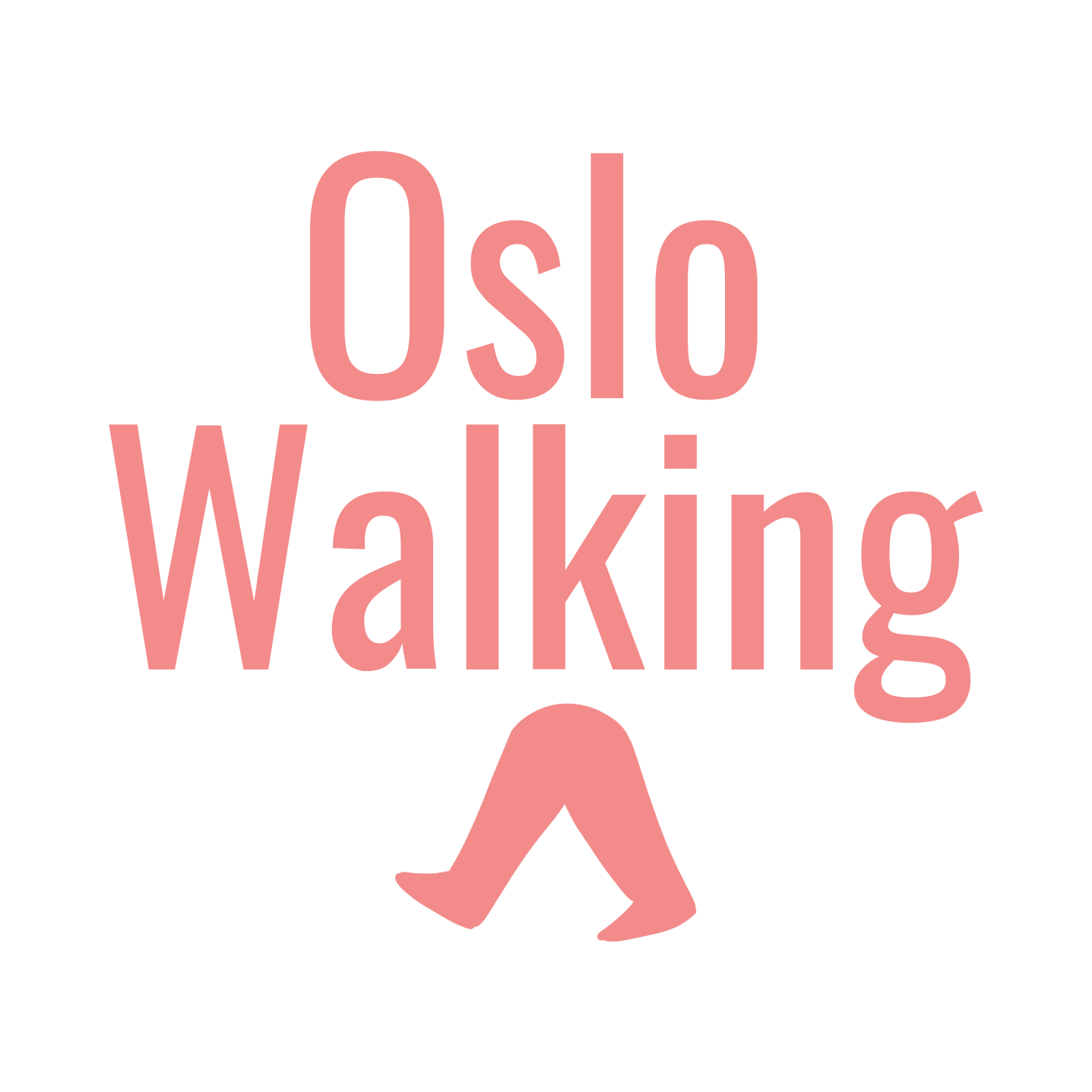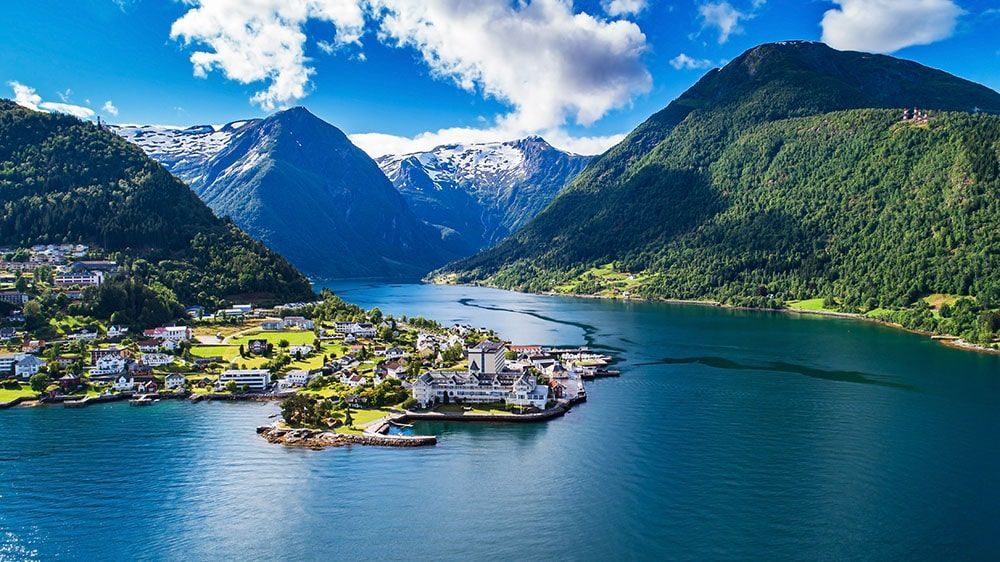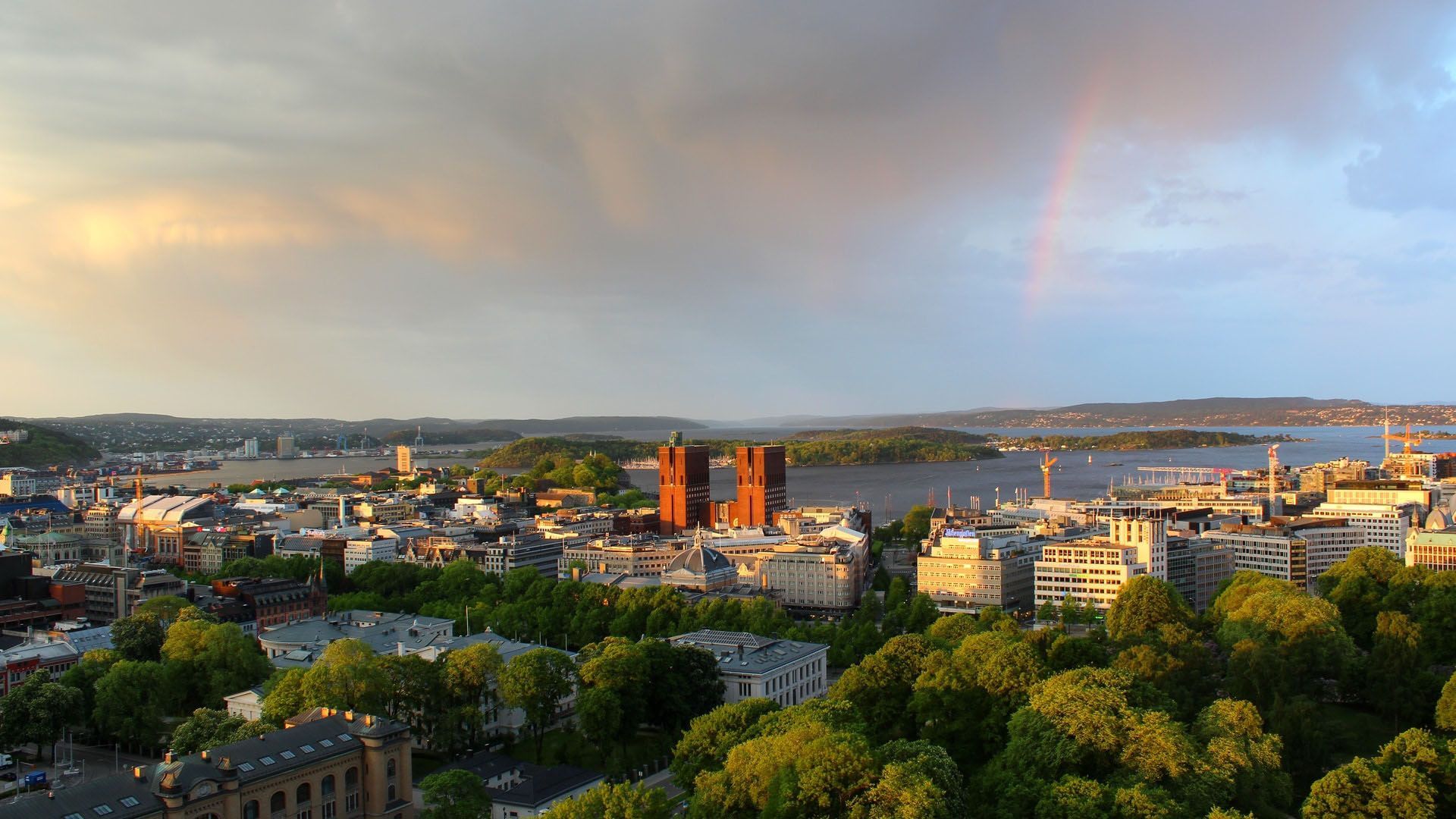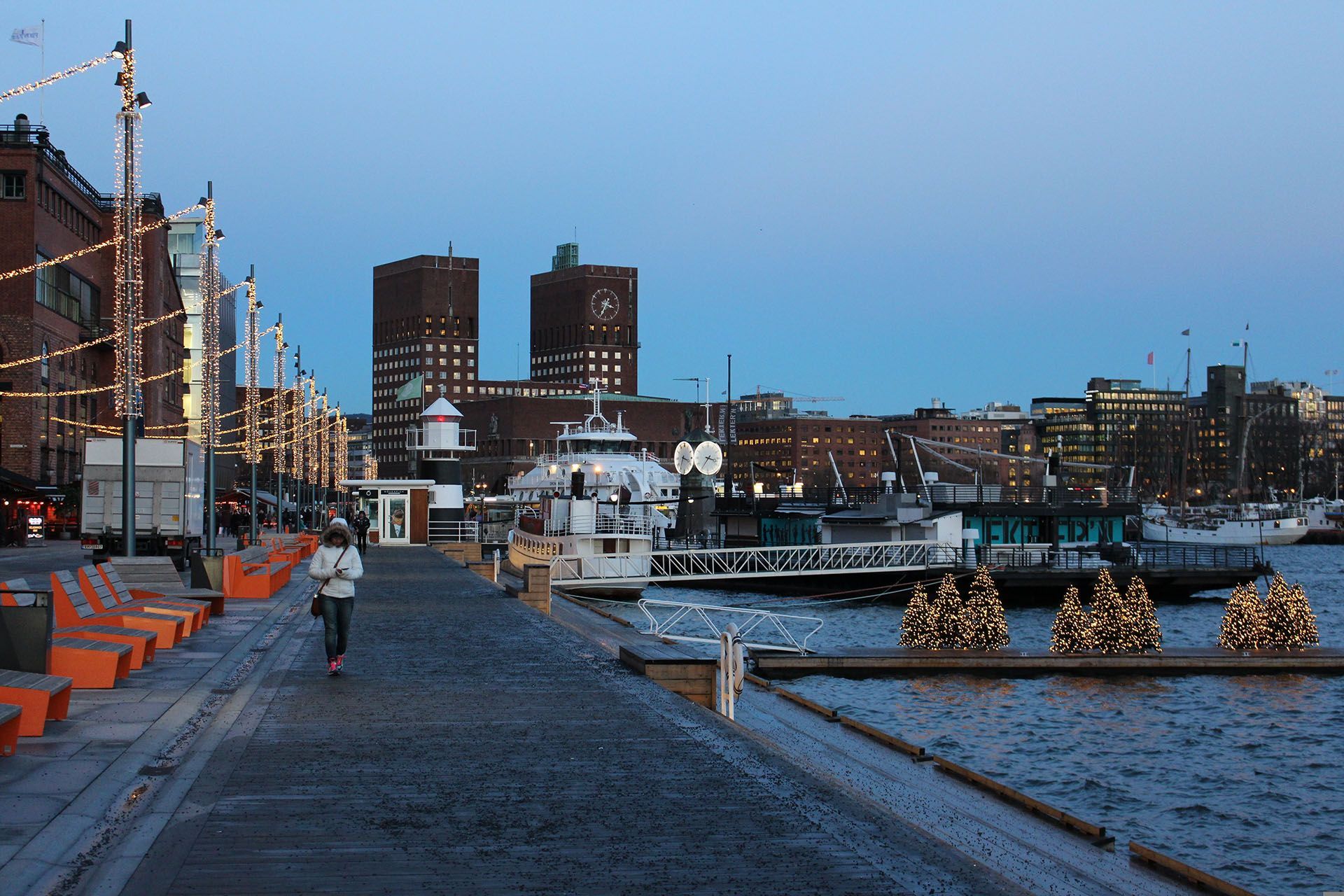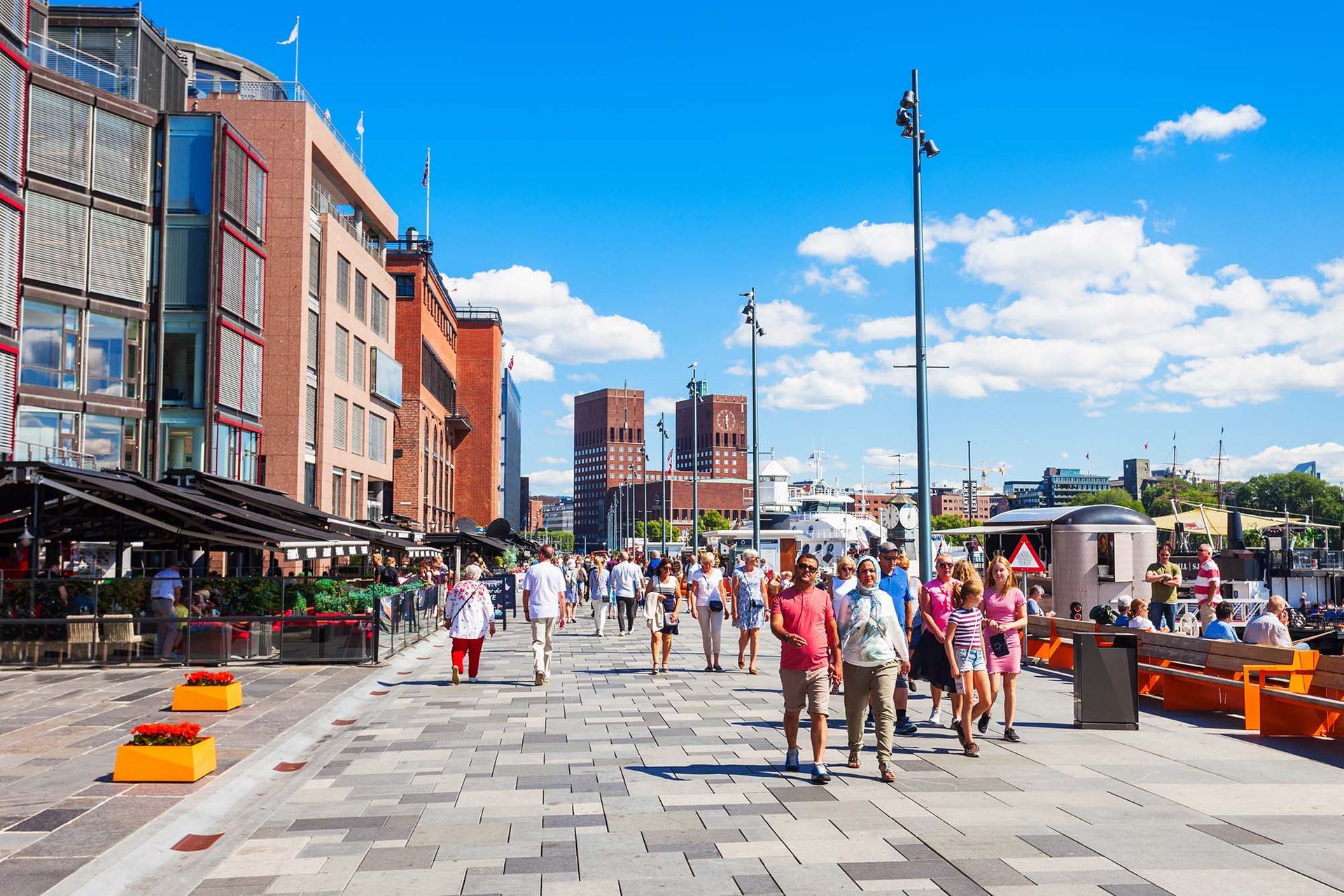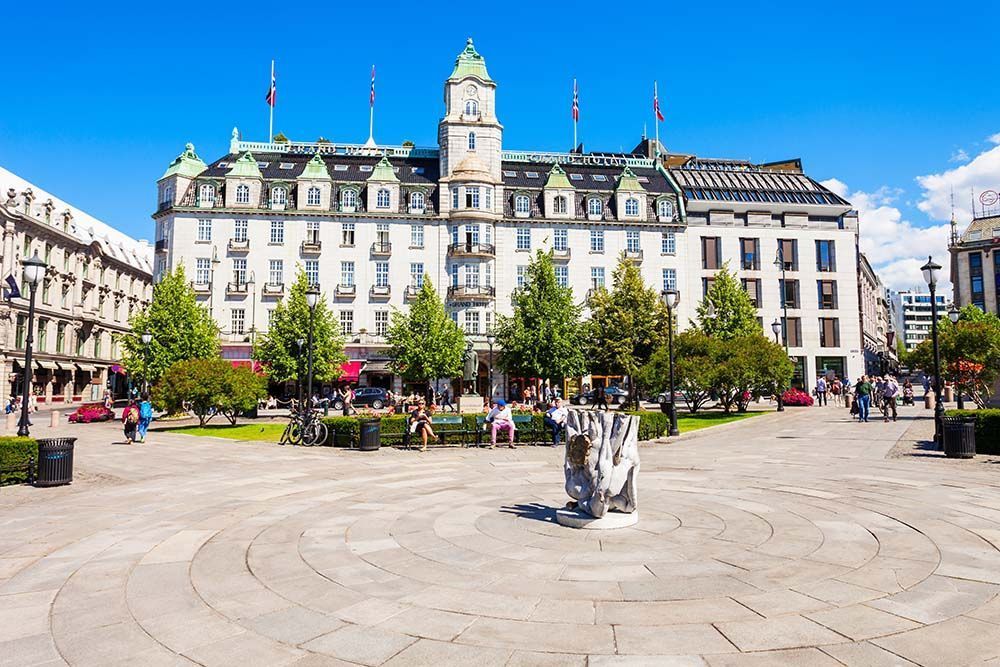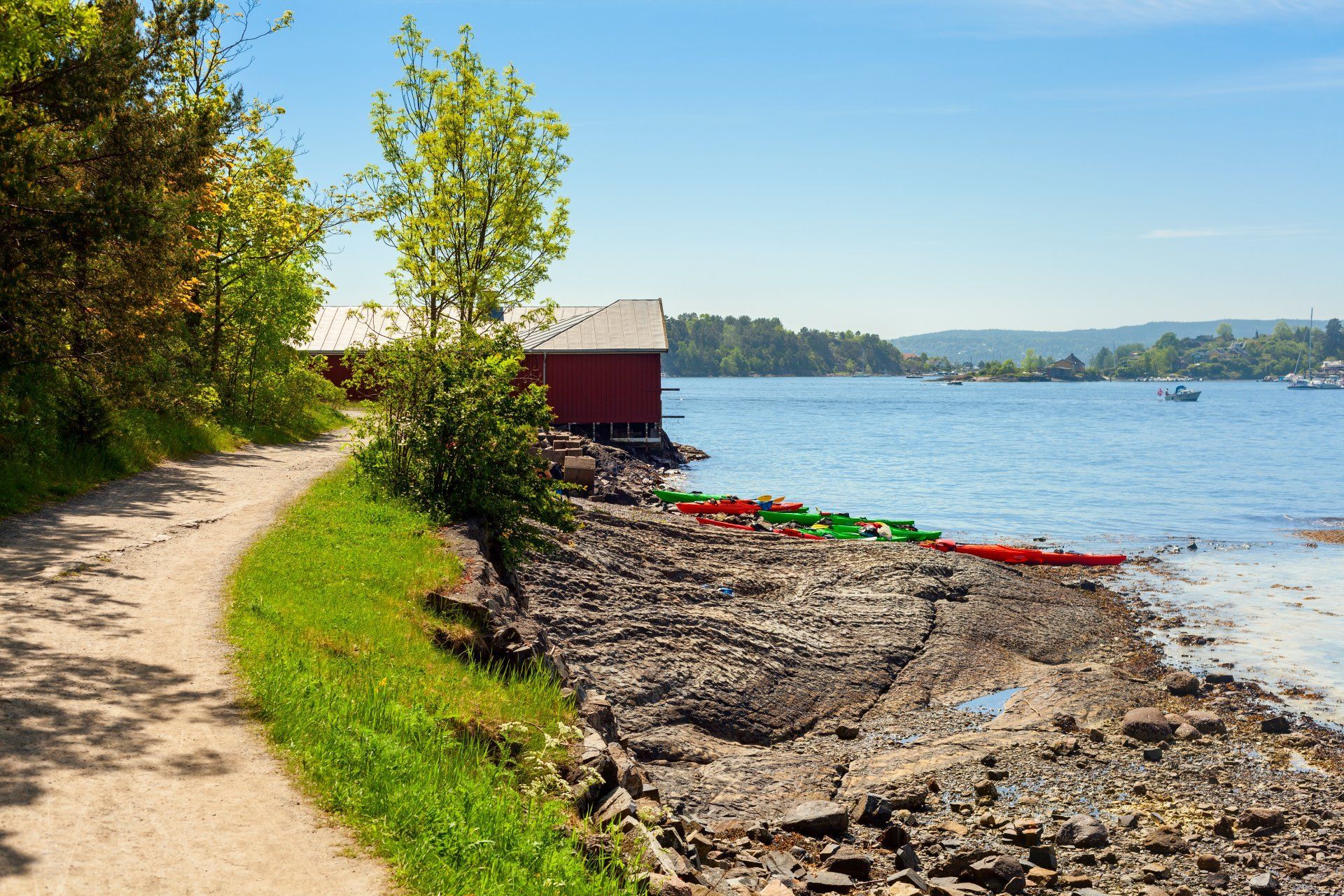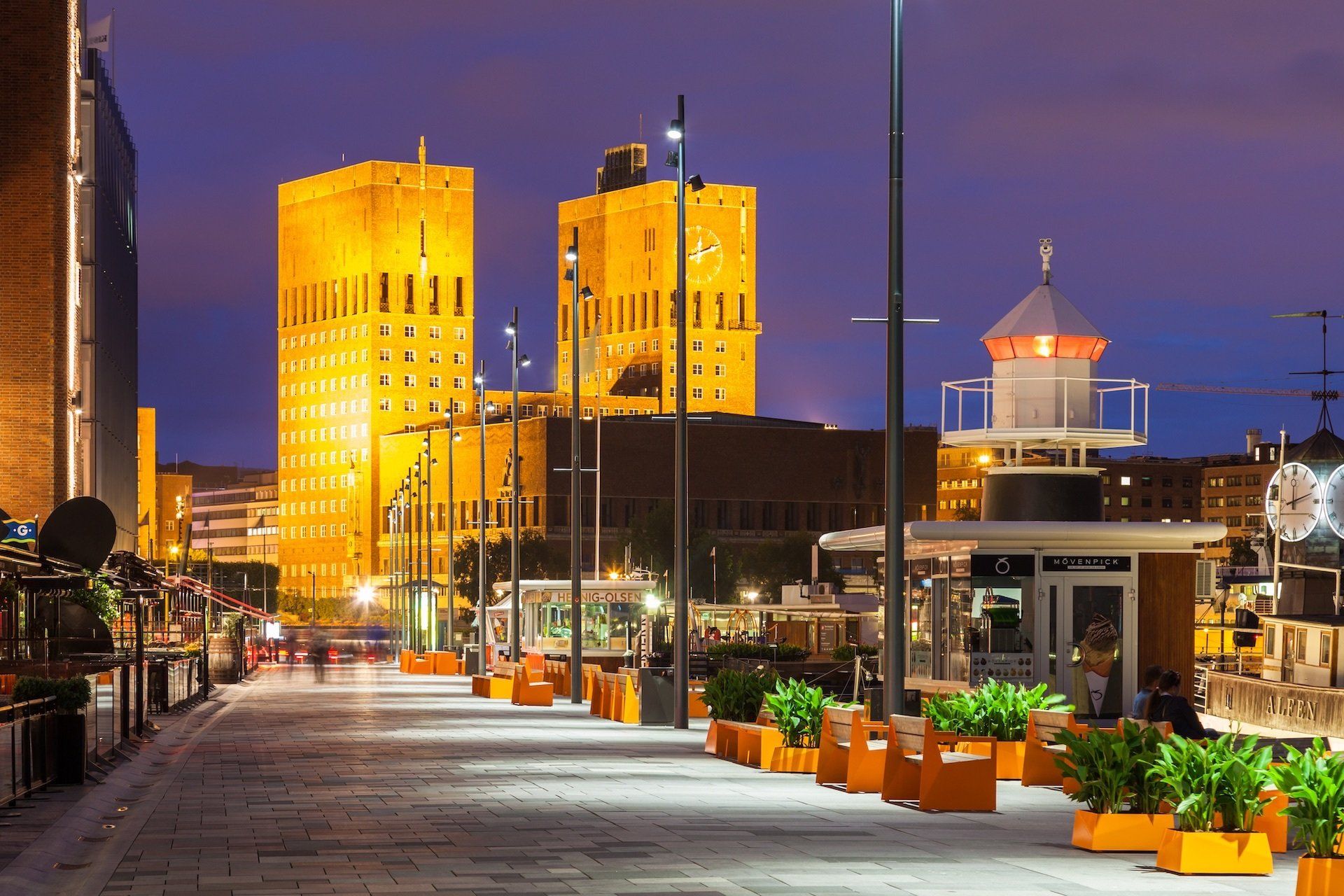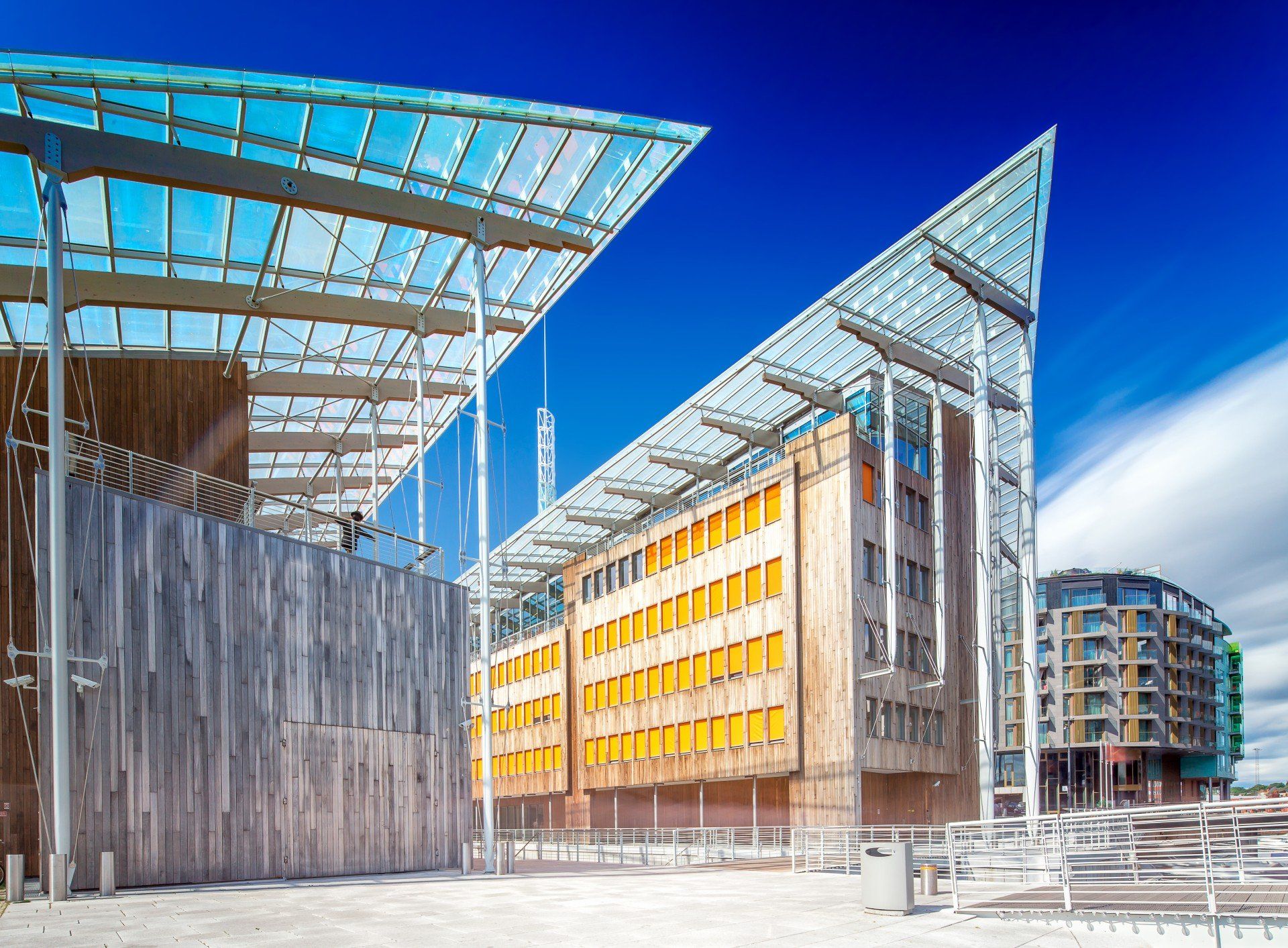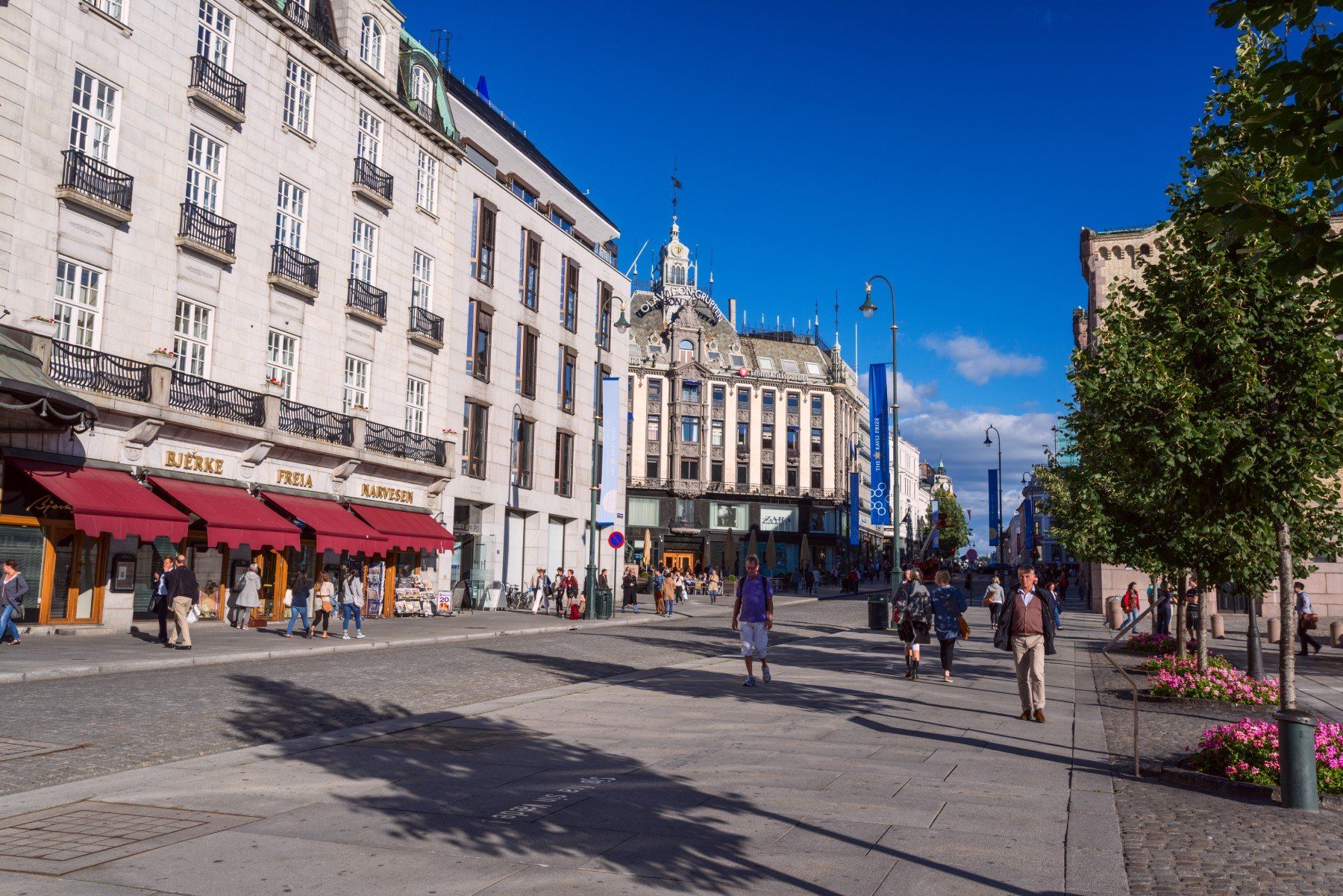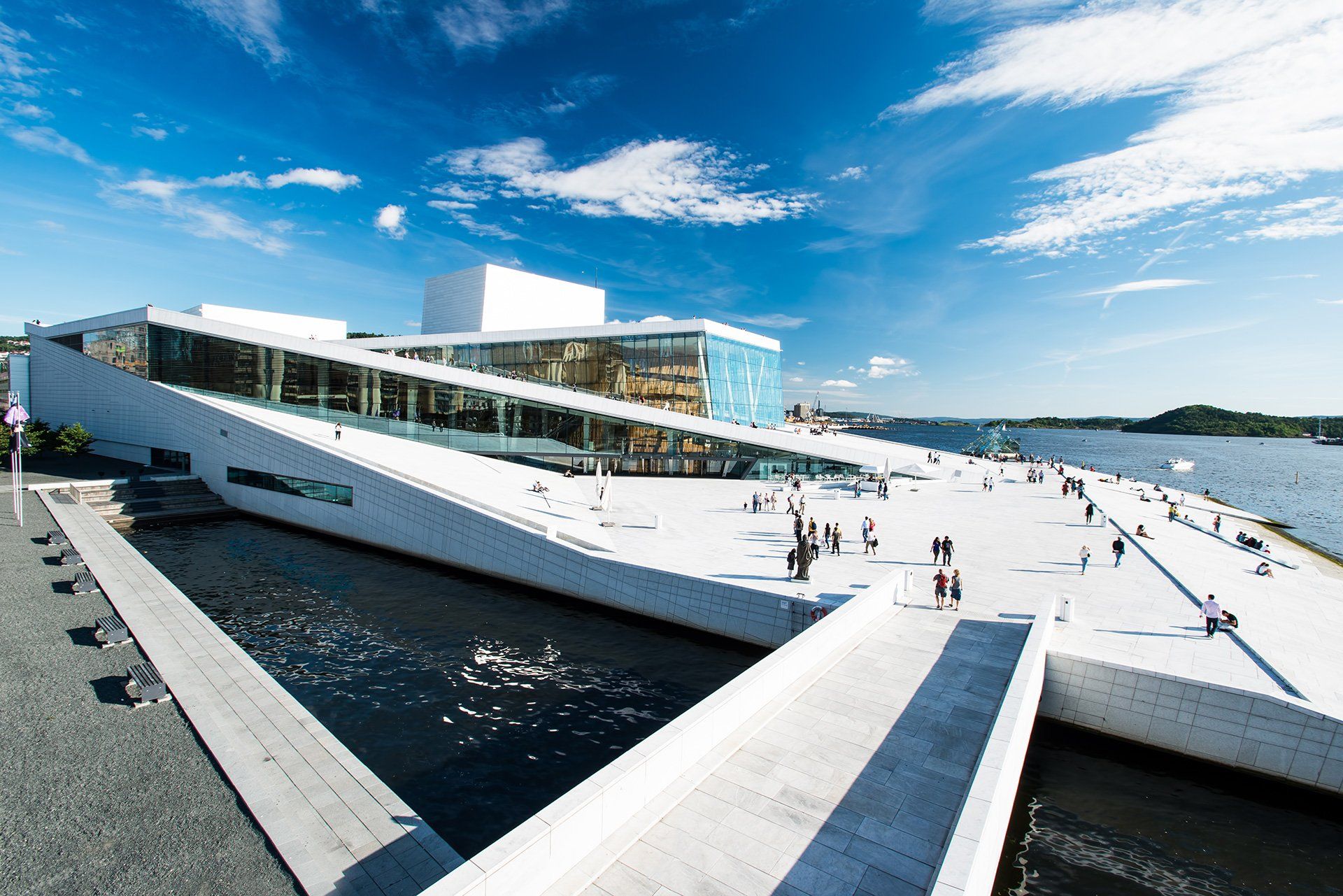Discover Exciting Museums in Bygdøy, Oslo
Bygdøy is a peninsula within Oslo, which is a popular recreation area and one of the most fashionable neighborhoods in the Norwegian capital. For several centuries, wealthy families of Oslo have lived here. Today, it is also home to a royal estate as well.
However, the peninsula is very well known among the tourists, thanks to the number of world-class museums that are located here. So, this site is a perfect place not solely for recreation, but also for sightseeing and museum hopping.
Besides, the peninsula is well-connected to the city centre of Oslo. There is a regular bus route that runs from the city centre to Bygdøy. But many tourists prefer to take a ferry from Aker Brygge to the peninsula, which runs every 30 minutes in summer. But now, let’s have a look at those exciting museums on Bygdøy!
Viking Ship Museum
The Viking Ship Museum is a genuine cultural treasure one must absolutely visit. Today, this museum is best known for having the Oseberg ship, which was found in 1904-1905 and is believed to date around the year 800, on display. But among other things, you can witness the Gokstad and Tune ships as well – their state is not as ideal as that of Oseberg, but these are real treasures, too.
In fact, the idea to create a special museum that would house artifacts dating back to the Viking Age that were found at the end turn of the 20th century was put forward by Gabriel Gustafson, a Swedish-Norwegian archeologist. In 1926, construction of the hall for the Oseberg ship was completed and it immediately was placed there.
During this time, the museum has been expanded several times. Back in 2000, however, there was a proposal to create a new museum in Bjørvika and move the artifacts there – it was met with strong criticism. Many experts and scientists argued that such a move would inflict serious damage on the artifacts.
Note: the museum is currently closed and, after reopening, the viking ships will not be exhibited to the general public anymore.
Norsk Folkemuseum
The Norwegian Museum of Cultural History, known commonly as Norsk Folkemuseum, is an impressive open-air museum on Bygdoy. In fact, it is a unique museum in Oslo, as it gives you a fantastic opportunity to see houses and buildings from all regions of Norway of different epochs.
The museum exhibits more than 150 buildings, so be prepared to walk a lot. Really, a loot. Personally, we recommend you visit this museum in the summertime. Here, you can witness even buildings dating back to the 13th and 14th centuries.
Fram Museum
Fram Museum is home to — no surprise — the ship of the same name, which was the first ship to reach the South Pole. However, the mind-blowing adventures of this ship and its crew started from the expedition of Fridtjof Nansen to the Arctic in 1893-1896. In fact, the ship was captained by many prominent Norwegian explorers, such as Fridtjof Nansen who has already been mentioned above, as well as Otto Sverdrup, Roald Amundsen, and Oscar Wisting.
In addition to that, the museum also houses the Gjøa vessel, which Roald Amundsen with his crew of 6 people used to cross the Northwest Passage. All in all, this museum is a perfect place to learn about the adventures of the country's most prominent explorers and set a foot on these legendary vessels!
Kon-Tiki Museum
This place is a must-visit one for every genuine thrill-seeker, as the museum has a mind-blowing story about one extreme adventure to tell. The museum is home to the Kon-Tiki raft, which Thor Heyerdahl, a famous Norwegian explorer and adventurer, used on his expedition to cross the Pacific Ocean from South America to the Polynesian islands.
Heyerdahl had a theory that humans from South America could have arrived in Polynesia during pre-Columbian times, but it was discarded and rejected by scientists and historians. So, he found no other way to prove his theory than to go on an extreme voyage and cross the Pacific on a modest raft.
The museum doesn't only tell this story, but also contains many memorable artifacts from that expedition. And, be sure, that you will feel that adventurer's vibe the very moment you step into the building!
Norwegian Maritime Museum
Of course, the Norwegian Maritime Museum pales in comparison to the ones mentioned above. However, if you are already on this peninsula and you are passionate about adventures and exploration, we highly recommend you pay a visit to this exciting museum, which is located just side by side with the Kon-Tiki and Fram museums.
This institution (which was established back in 1914) gives you a perfect chance to learn more about the coastal culture and maritime history of Norway. It also houses exhibits that are related to shipping, marine archeology, fishing, ship building, and boat models. There is a separate section where you can see maritime-related artworks.
